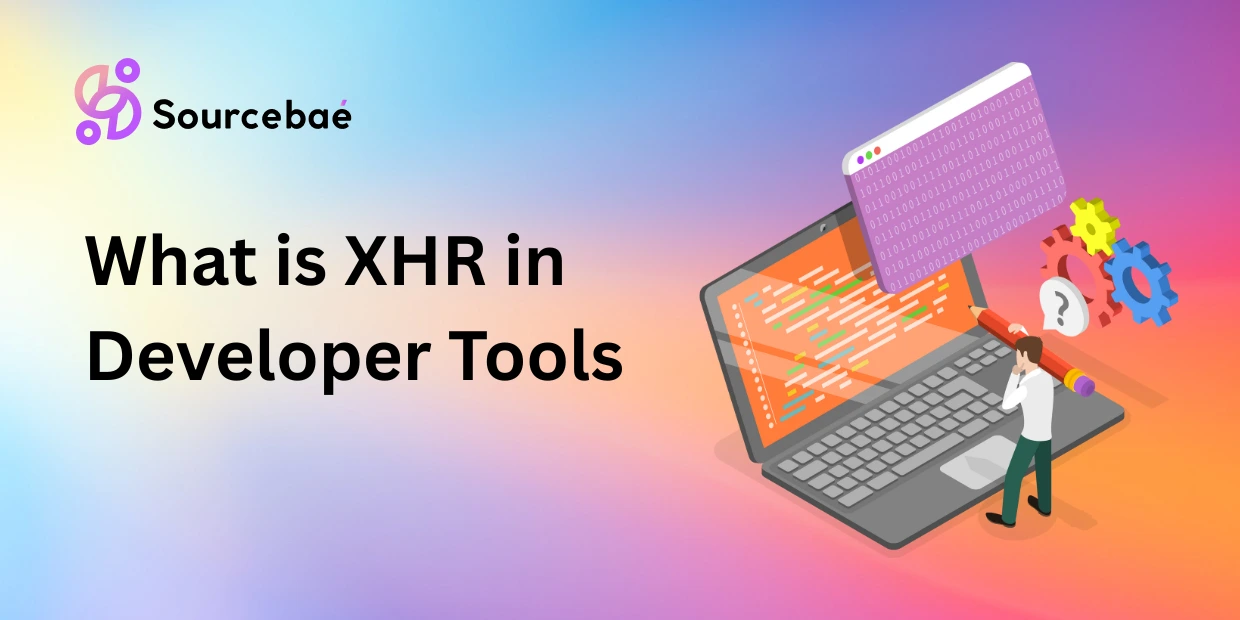In the dynamic world of web development, understanding the tools that enable seamless user experiences is crucial. One such tool that plays a pivotal role is XMLHttpRequest, commonly referred to as XHR. This article delves into the intricacies of XHR in developer tools, shedding light on its functionality, applications, and contributions to web development.
XHR, short for XMLHttpRequest, is a JavaScript object that facilitates asynchronous communication between a web browser and a web server. It acts as a bridge, enabling data exchange without the need for a full page refresh. Developers harness the power of XHR to fetch data, update content, and enhance user interactions, all while maintaining the fluidity of the web page.
The Power of XHR: Transforming Web Development
With XHR at their disposal, developers can create interactive and responsive websites that provide users with real-time updates and seamless interactions. XHR operates behind the scenes, allowing data retrieval without interrupting the user’s browsing experience. This empowers developers to craft applications that feel more like native software, blurring the lines between web and desktop.
Exploring XHR’s Functionality
XHR operates by sending HTTP requests to a server and receiving responses. It supports various HTTP methods, such as GET and POST, enabling developers to retrieve or submit data as needed. By leveraging XHR, developers can fetch information from APIs, databases, or other sources and incorporate it into the web page on-the-fly.
XHR in Action: Use Cases and Applications
1. Real-Time Updates
In applications that require real-time updates, such as social media feeds or live chat, XHR proves invaluable. It enables developers to retrieve new content from the server and seamlessly integrate it into the existing interface, providing users with instant updates.
2. Form Submissions
When users submit forms on a website, XHR can facilitate the submission process without requiring a full page reload. This results in a smoother and more intuitive user experience.
3. Infinite Scrolling
XHR is often employed in scenarios where content needs to be loaded dynamically as the user scrolls down a page. This technique, known as infinite scrolling, enhances page loading speed and reduces initial load times.
Leveraging XHR for Website Optimization
The strategic implementation of XHR can significantly contribute to website optimization. By selectively loading content as needed, developers can minimize initial page load times and enhance performance. However, it’s essential to strike a balance, as excessive XHR requests can lead to increased server load and negatively impact performance.
FAQs
Can XHR be used to retrieve data from external websites?
Yes, XHR can be used to fetch data from external websites, provided that the server supports Cross-Origin Resource Sharing (CORS). CORS enables controlled access to resources on a different domain, ensuring security while facilitating data exchange.
Is XHR the only method for asynchronous communication in web development?
No, while XHR was the go-to method for many years, modern web APIs such as the Fetch API and Axios now offer alternatives. These APIs provide cleaner syntax and additional features, making them popular choices among developers.
Can XHR be used in conjunction with other JavaScript frameworks?
Absolutely, XHR can seamlessly integrate with various JavaScript frameworks, libraries, and tools. It’s versatile enough to be used within the context of different development environments.
Does XHR work in all web browsers?
For the most part, XHR is well-supported across major web browsers. However, some older versions of Internet Explorer may require specific handling due to compatibility issues.
Is XHR suitable for single-page applications (SPAs)?
Yes, XHR can be used in SPAs, but developers often opt for more modern alternatives like the Fetch API due to its improved syntax and promises-based approach.
How can I monitor XHR requests in the browser’s developer tools?
Most modern browsers offer developer tools that allow you to monitor network activity, including XHR requests. You can navigate to the “Network” tab to observe incoming and outgoing requests, helping you troubleshoot and optimize your application.
Conclusion
In the realm of web development, XHR in developer tools stands as a fundamental tool for creating dynamic and interactive websites. By facilitating asynchronous communication and enabling real-time updates, XHR empowers developers to craft applications that offer exceptional user experiences. From real-time feeds to seamless form submissions, XHR plays a pivotal role in modern web development.
So, the next time you’re building a web application, consider harnessing the power of XHR to elevate its performance and responsiveness.
READ MORE | How to Become a React Developer?






